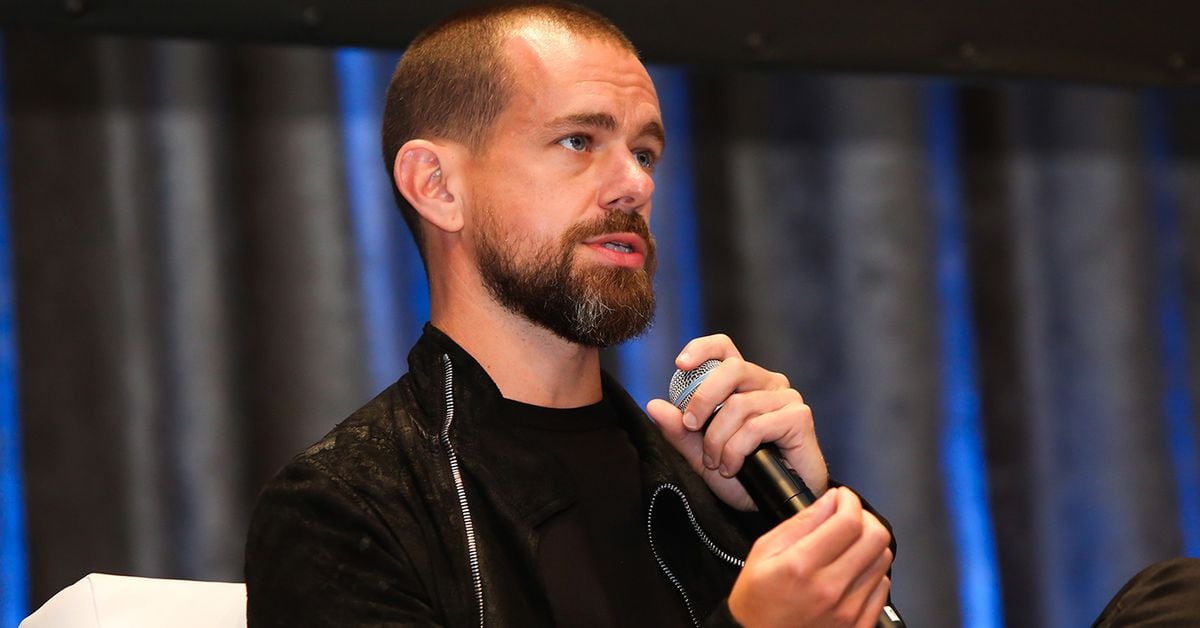
Last year, the non-fungible tokens (NFTs) craze took off and many brands wanted to get in on the action. NFTs are digital tokens connected to digital goods such as art or music. The industry made headlines for generating billions in trading volume, with NFT trading volume reportedly reaching $24.7 billion in 2022 and $11.7 billion in 2021. However, recent reports indicate that the once-hot NFT market has cooled significantly.
A report from Dune Analytics found that NFT trading volume plunged from $17 billion in January to $466 million in September. Bloomberg also reported that NFT trading volume dropped 81% between January 2022 and July 2023. Some experts even suggest that many NFTs may now be worthless.
Despite the decline in NFT trading volume, many retailers and brands, including Nike, Tiffany, Macy’s, Gap, and Puma, have ventured into the space to attract customers interested in digital goods. Nike reportedly generated over $185 million from its NFT releases. However, experts caution that brands must proceed with caution and be aware of scams associated with the space.
In an October 2022 report, Forrester predicted that NFT projects released from this year on will no longer be considered innovative. Instead, NFTs will be a tool for retailers to attract customers seeking exclusive experiences and incentives.
But is it worth it for brands to invest in NFTs as part of their marketing strategy? Experts suggest that while the industry may rebound again, brands must be careful and connect their NFTs with enticing perks to make them worth possessing.
Some brands have experienced backlash and quickly retreated from the NFT space. MeUndies, for example, canceled its collaboration with Bored Ape Yacht Club, citing concerns about the cryptocurrency and NFT industry’s environmental impact.
For brands and retailers continuing with their NFT experiments, they must realize that these projects will only appeal to a small pool of affluent customers familiar with the NFT industry. According to a survey by Forrester, 72% of U.S. respondents said they have never owned an NFT and aren’t planning to do so.
Brands and retailers must also be clear to consumers about the rights associated with the NFTs they offer. Consumers may not own the rights to the artwork but may be able to access some sort of content-related perk. In essence, an NFT is just a glorified receipt with programmable utility.
However, the rise of NFTs has also coincided with the rise of fraud and scams in the industry. A Freedom of Information Act request to the Federal Trade Commission revealed that consumers have lost more than $809 million to NFT scams. Brands can use fraud detection tools to determine the legitimacy of NFT transactions.
In light of the fraud allegations, brands and retailers have taken measures to safeguard consumers. Some have bypassed public blockchains when issuing NFTs to avoid potential issues, while others prefer to use a more controlled environment. However, this seclusion may deter NFT enthusiasts who want to trade tokens for profit.
In conclusion, while the NFT market may have cooled, there is still potential for brands and retailers to engage in the space. However, caution must be exercised, and brands must be aware of scams and connect their NFTs with enticing perks to make them worth possessing. NFTs may not appeal to the mass market but can provide an exclusive experience for a niche group of affluent, tech-savvy buyers.






